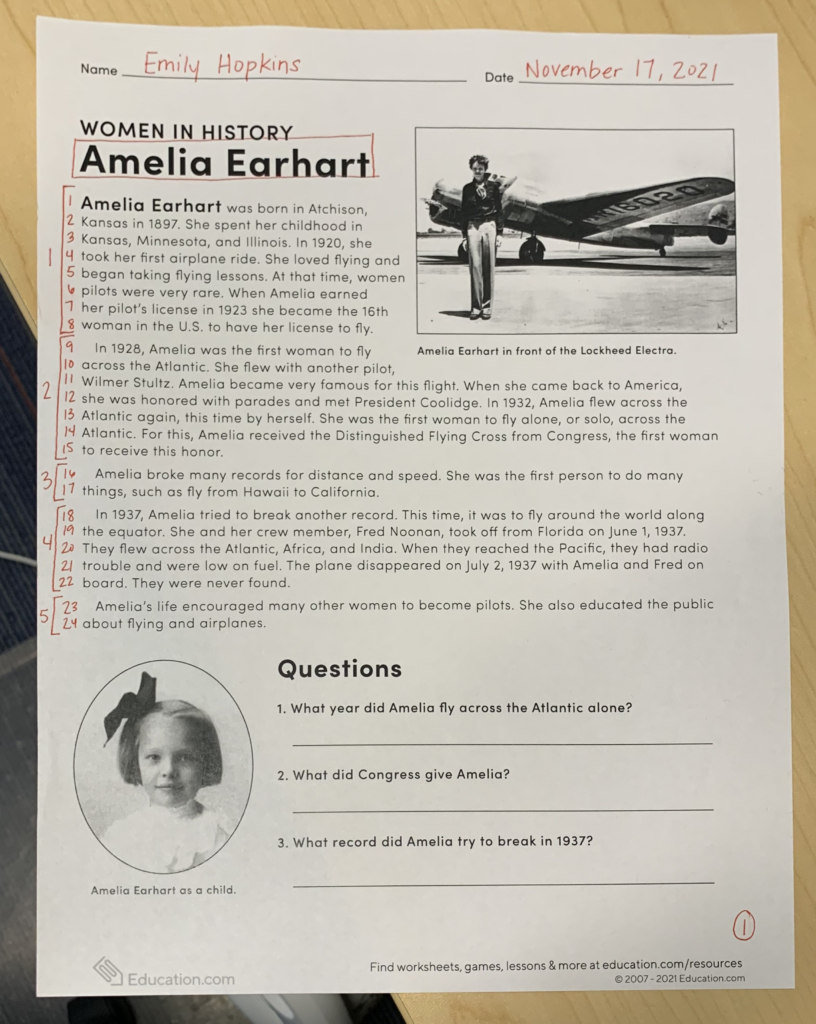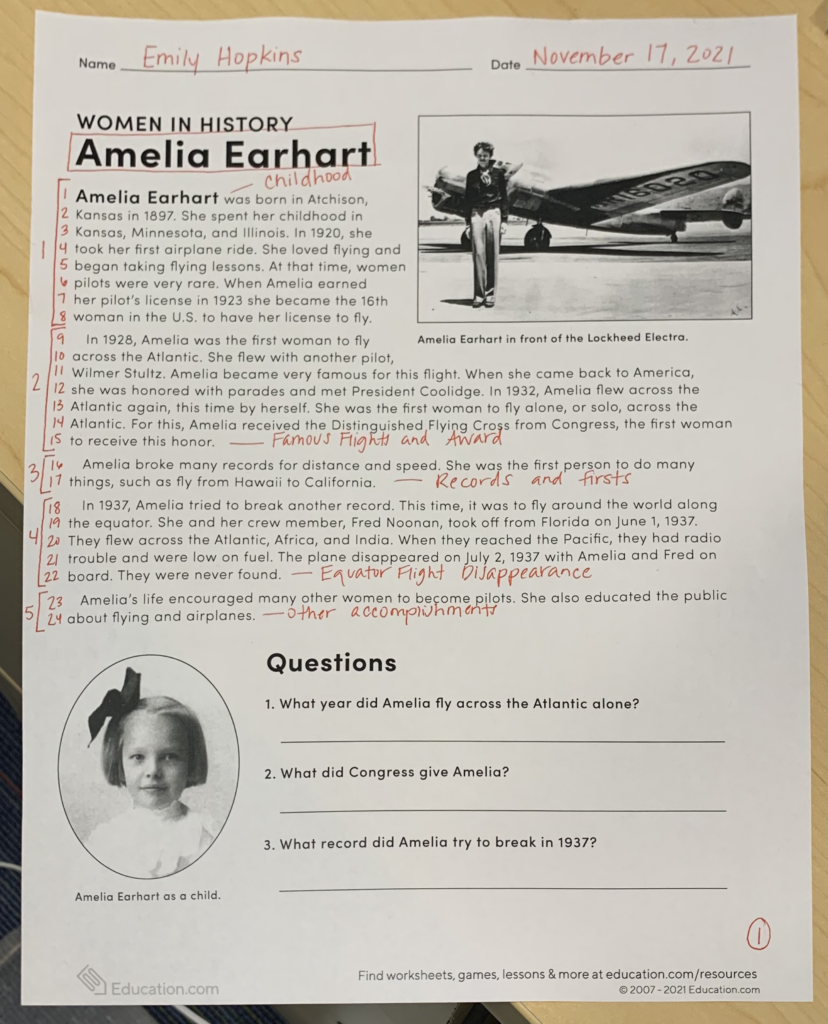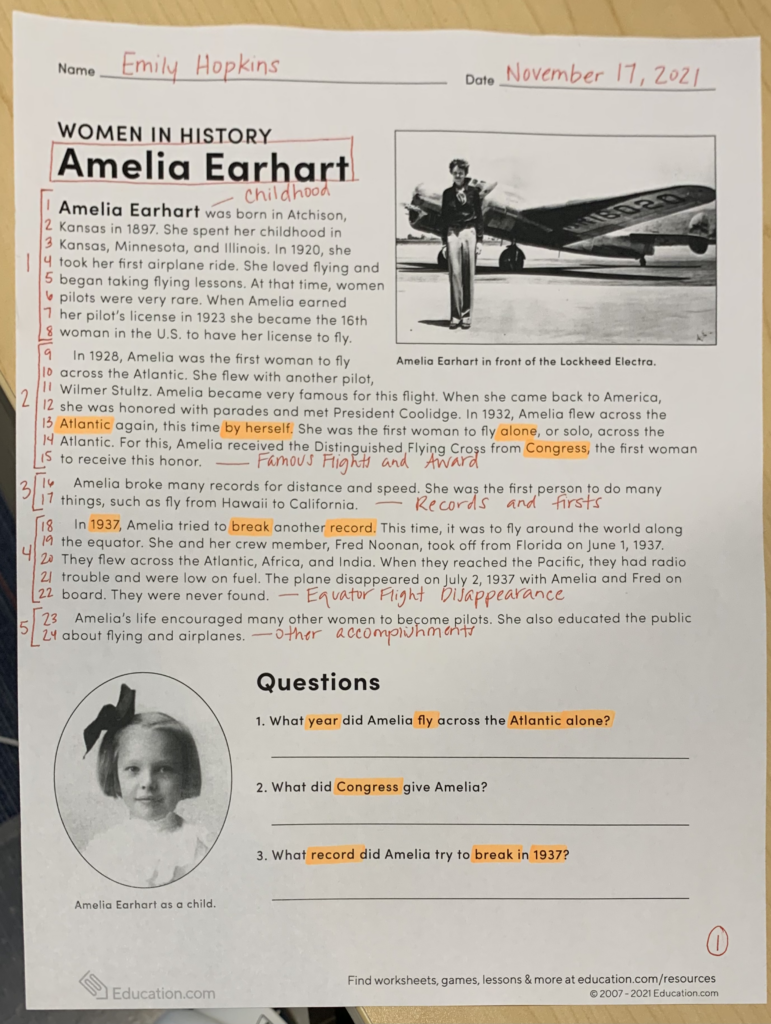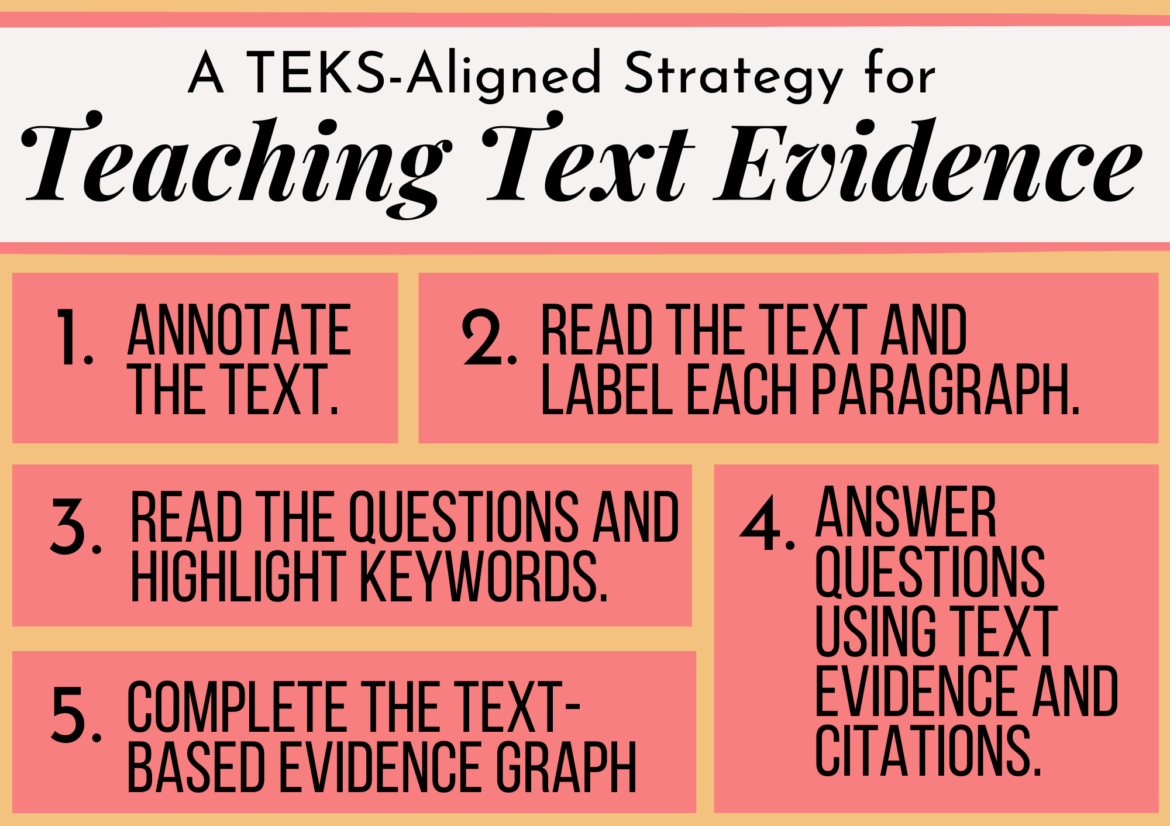Around six years ago, when I was teaching second grade, I attended a conference and learned a “Text Talker” strategy for teaching text-based evidence skills. Jen Jones led the session I attended, and I left in awe of her amazing knowledge, struck by her engaging personality, and with so many exciting, new resources that it was hard for me to not use them all the next day.
When I tell you my students loved this strategy, I mean my students LOVED it. They frequently asked (okay, constantly), “Ms. Emily, are we going to do Text Talkers today? Are we?? When are we going to do Text Talkers?” And it was awesome. Students ASKING to cite text evidence? I’ll take it. This strategy laid out a straightforward procedure for me to teach and a path that helped my students reach mastery. It was a big win, and I want to share the strategy with you, or a version/adaptation of it, in hopes you will have a similar experience. I do want to say that this strategy is geared toward upper elementary; however, it can be adapted to lower grade levels by adjusting the procedure and providing students with an appropriately-leveled text.
TEKS Alignment
You’ll notice in her blog entry, Jen taught the Common Core State Standards, but this isn’t a problem. The strategy correlates with TEKS and is good practice for the STAAR test. Win-win! This strategy works for teaching and practicing the following TEKS, which I’ve turned into “I can” statements for grades three through five. You’ll notice there aren’t many differences between skills in the three grades.

Gradual Release of Responsibility
I would recommend using the Gradual Release of Responsibility model for teaching the Text Talker procedure. The goal is for students to successfully cite text evidence independently, but this will take some time, guidance, and practice. To build their understanding and independent skills transfer (application), you can follow this process:
- Model the procedure for students.
- Work with students to practice the procedure as a class or in groups.
- Then have students practice the strategy collaboratively (in pairs, for example).
- Last, task the students with practicing the strategy on their own.
The Text Talker Procedure
I tended to use nonfiction texts that correlated with science and social studies units. Typically, these would be leveled articles from Raz Kids, Time for Kids, National Geographic Kids, Education.com, etc. You could also use passages from reading comprehension workbooks. Any articles or passages will need to have correlating comprehension questions. But students can also self select from a choice of text options at their reading level.
TIP #1: I would start with shorter texts and articles that don’t have subheadings and move to longer texts with subheadings.
TIP #2: Don’t be afraid to use “big” words like “annotate,” “analyze,” and “citation,” even with younger students. My second graders enjoyed proudly saying these “big” words, which was an added motivator.
To start, students will need to learn how to annotate the text. It will be essential for them to understand that they are annotating so that they can specifically cite where the evidence comes from within the text. More on that further down. As an example, I’ve used a second-grade-level article from Education.com.
Step 1: Annotate the Text
- Number each line.
- Number and bracket each paragraph.
- Circle each page number (if there aren’t page numbers, have students write them in).
- Box each title.
The text will look like this:

TIP: When you’re first practicing, verify the number of lines and paragraphs to make sure students annotated correctly. They will get more and more accurate with practice.
Step 2: Read the Text and Label Each Paragraph
Students will need to read the text carefully and label each paragraph with one to three words to describe the paragraph’s overall topic or main idea. It is important to explain that this step will help them find answers to questions more quickly since they can reference their notes. After labeling the paragraphs, the text might look like this:

Step 3: Read the Questions and Highlight Keywords
This is an important step. Students read the questions and highlight the main words in them. Then they go back to the text to highlight the same or similar keywords. After this step, the text might look like this:

Step 4: Answer the Questions Using Text Evidence and Citations
This is when students learn and practice how to reference the text directly. Here is a free resource with some sentence starters that students can use to structure their answers.
Using the Amelia Earhart example, the students could write or say their answers like this:
- On page one, line 12 of paragraph two, the text states that Amelia flew across the Atlantic alone in 1932.
- According to the text in paragraph two, line 14, page one, Amelia recieved the Distinguished Flying Cross from Congress.
- In paragraph four, lines 18 and 19, on page one, the author wrote that Amelia tried to “fly around the world along the equator.”
TIP #1: This would be a great handout to give each student for reference at first, or you can make your own. Then, when students are more comfortable, it can become a classroom wall display for reference. Once students are working independently, it can be removed from display and/or only accessible to students who need it for reference.
TIP #2: I suggest initially practicing this step with whiteboards in a very simple way. Just have students list the page number, line number, paragraph number, and short answer (not using complete sentences). The students love it, and they can practice providing answers in complete sentences orally along with using the whiteboard. I’m always a fan of practicing things orally before practicing them in writing.
Tip #3: The texts will be much less complex for lower grade levels, so the answers will be simpler. Students can also practice orally and not in writing. Students in lower grades who need a challenge can practice writing complete sentences using the structures provided in addition to the oral practice.
Step 5: Complete the Text-Based Evidence Graph
As a reward, Jen created this Text-Based Evidence Graph that’s $4.00 on Teachers’ Pay Teacher. But you can make your own very quickly and easily.
It’s so simple, but I’m telling you, it’s solid gold. For it to work, students need to be able to choose any colors they want and any squares they want. They should also be able to color any design or pattern they want. It has to be 100% up to them. The goal is for them to completely fill in their graph.
For each answer, students color in:
- One square per accurate answer
- One square for using quotation marks in their answer or for highlighting the evidence in the text
- One square for a correct page citation
- One square for a correct paragraph and line citation
Additional Resources
- Explorations in Literacy Article: Text-Based Detectives and Accountable Talk
- Rockin Resources: How to Teach Text Evidence
- 40 Ways to Read Like a Detective: Supporting Text-Centered Instruction
- Teaching Kids to Go Back in the Text When Answering Comprehension Questions
Have any strategies to share? Would you like to read about more TEKS-aligned strategies? Leave a comment! If you’d like additional resources for this strategy, feel free to email me. I’d love to hear from you.
Additional STAAR and TEKS Articles You May Find Useful
Reading Language Arts STAAR Test Resources
STAAR Prep: A K-5 Argumentative/Opinion Writing Strategy
STAAR Prep: Spelling Strategies, Resources, and Downloadable Posters
The K-5 ELAR TEKS and Free, Editable Spreadsheets
The K-5 Math TEKS and Free, Editable Spreadsheets
A Practical Strategy for Teaching Editing Skills

